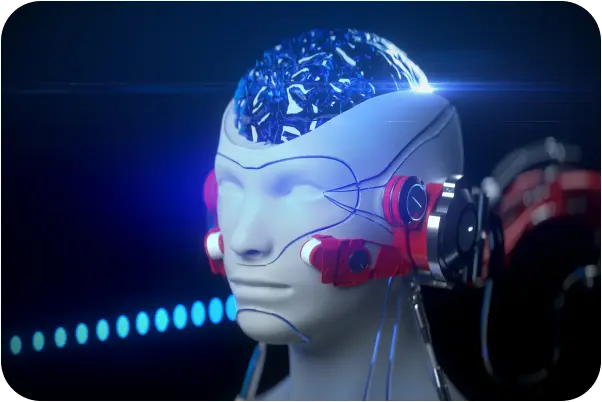Wake word vs hotword: what’s the difference?
Voice Assistants
Speech Recognition
AI Technology
In the world of voice AI, understanding the difference between wake words and hot words is crucial for developing responsive and accurate systems. This guide explores these concepts, their significance, and how FutureBeeAI enhances model performance with specialized datasets.
How Do Wake Words Differ from Hot Words?
Wake Words
Wake words, such as "Hey Siri" or "OK Google," are specific phrases that activate devices to start listening for further commands. These phrases are designed to be easily distinguishable, reducing the risk of accidental activations. Wake words are essential for engaging with devices in various environments, from quiet homes to noisy cafés, and are optimized for low-latency recognition.
Hot Words
Hot words, in contrast, are context-dependent terms that trigger specific actions once a device is actively listening. For instance, the word “play” in the phrase “Hey Google, play music” instructs the system to perform an action. Unlike wake words, hot words are part of a command sequence that occurs after activation.
Why Understanding This Matters
- Model Training: Wake words and hot words require different training datasets. Wake words need to be robust against noise, while hot words rely on contextual understanding to ensure proper command execution.
- User Experience: Proper differentiation ensures smooth user interaction, preventing frustration from misrecognized or delayed commands.
- System Resources: Wake word detection is typically lightweight to preserve power, while hot words may require more computational resources, especially when contextual understanding is involved.
Dataset Example & Annotation Process
At FutureBeeAI, we provide both Off-the-Shelf (OTS) and custom wake word datasets through our YUGO platform. These datasets support over 100 languages, including Hindi, German, and US English, offering high-quality audio files (16 kHz, 16-bit, mono WAV format) along with detailed metadata for each recording.
Annotation Process:
- Audio Filenames: Structured conventions for easy retrieval and organization.
- Transcription Schema: JSON format with tags such as speaker_id, locale, and environmental context.
- QA Checkpoints: Our datasets undergo acoustic validation, transcript alignment, and bias checks to ensure accuracy and diversity.
Performance Metrics & Benchmarking
- Precision/Recall: Key metrics to evaluate false-accept and false-reject rates in wake word detection.
- Latency Targets: Especially critical for on-device systems, ensuring quick activation without excessive battery drain.
Fairness & Bias Mitigation
FutureBeeAI is committed to ensuring diversity across our datasets, with a focus on dialects, genders, and age groups. This prioritization minimizes biases, making systems more inclusive and robust, resulting in models that are adaptable to real-world conditions.
Real-World Applications
Voice assistants like Amazon Echo and Google Home rely on both wake and hot words to enable seamless user interactions. FutureBeeAI’s clients in industries such as automotive have seen up to a 30% reduction in false activations by using accent-balanced datasets that improve performance in noisy environments.
Overcoming Noise & Bias: Best Practices for Wake-Word Models
- Noise Interference: Train models with diverse datasets that include various environmental sounds, ensuring reliable wake word detection even in challenging settings.
- False Positives: Use adaptive learning and context-aware algorithms to continuously refine accuracy and reduce misactivations.
- Diversity: Incorporate multilingual and accent-inclusive datasets to enhance model robustness and performance across global markets.
FAQ
Q: Can hot words work standalone?
A: Hot words require an initial wake word to activate the listening mode before they can trigger specific actions.
Q: What languages does FutureBeeAI support?
A: We offer datasets in over 100 languages, including Hindi, German, and US English, ensuring comprehensive coverage for global applications.
FutureBeeAI: Your Partner in Voice AI Innovation
For AI engineers looking to optimize voice recognition systems, FutureBeeAI provides high-quality, diverse datasets and custom solutions through our YUGO platform. Whether you need OTS collections or tailored recordings, we ensure your systems are equipped to handle real-world complexities with precision.
For voice AI projects requiring robust datasets, FutureBeeAI delivers production-ready data in just 2-3 weeks. Contact us to explore how our data solutions can enhance your voice recognition systems.
What Else Do People Ask?
Related AI Articles
Browse Matching Datasets
Acquiring high-quality AI datasets has never been easier!!!
Get in touch with our AI data expert now!








